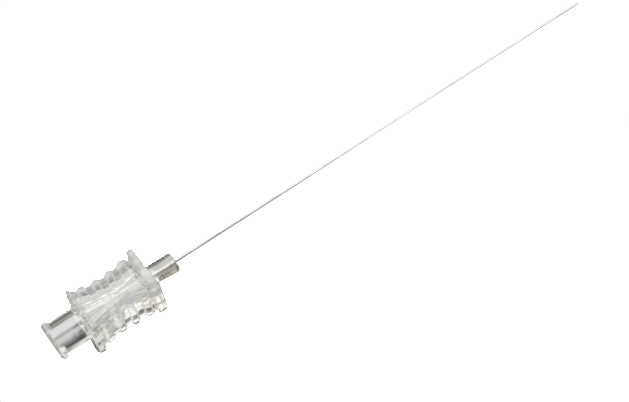
Disposable Anesthetic Needle
For years we have been using anesthetic needles and syringes that are single-use and disposable. We use them on patients with the intent of creating a drug-free, as painless as possible experience for them.
A disposable anesthetic needle is a needle used to administer an anesthetic agent, typically lidocaine or bupivacaine, directly to the site of a surgical procedure. The needle is generally disposable and is thrown away after use. Disposable anesthetic needles are available in various sizes and gauges.
Anesthetics are drugs that cause reversible loss of sensation. They work by interfering with the transmission of nerve impulses from the site of administration to the brain. This interruption can be accomplished either by depressing the excitability of nerve cells or by selectively blocking certain types of ion channels involved in neurotransmission. The type of anesthetic agent used, route of administration, and patient factors such as age, weight, and general health all contribute to the anesthesia achieved. Local anesthetics are typically divided into two main categories: amides and esters. Amides include lidocaine, bupivacaine, and mepivacaine while chloroprocaine and tetracaine are classified as esters. The vast majority of disposable anesthetic needles available on the market today use lidocaine as their active ingredient. Lidocaine is a fast-acting anesthetic with a short duration of action. It is often used for minor procedures such as injections and skin biopsies. Bupivacaine is another popular choice for disposable anesthetic needles. It has a longer duration of action than lidocaine but takes slightly longer to work. Disposable anesthetic needles work by delivering a concentrated dose of anesthetic medication directly to the area being treated. This results in a more rapid onset of anesthesia and reduces the risk of systemic side effects such as hypotension and bradycardia.
The most important thing to know about disposable anesthetic needles is that they offer a number of benefits over their reusable counterparts. Chief among these is the fact that they help to reduce the risk of cross contamination and infection. When using reusable needles, there is always the potential for bacteria and other contaminants to be transferred from one patient to the next. This is particularly true if the needles are not properly sterilized between uses. Disposable needles eliminate this risk by being used only once and then discarded. In addition, disposable anesthetic needles tend to be much sharper than their reusable counterparts. This results in less pain and discomfort for patients when the needle is inserted into their skin. Finally, disposable anesthetic needles are typically less expensive than their reusable counterparts. This makes them a more cost-effective option for both medical facilities and patients alike.
There are several drawbacks of disposable anesthetic needles that you should be aware of before using them. First, they can be quite painful to insert into the skin. This is because the needle is much thinner than a regular needle, and it does not have a blunt tip. Second, the anesthetic effect of the needle may not last very long. This means that you may need to re-inject the anesthetic more frequently than with other types of needles. Finally, disposable anesthetic needles can be expensive.
There are a few alternatives to disposable anesthetic needles. The first is reusable anesthetic needles. These can be used multiple times and are typically made of stainless steel. The second alternative is called a needle-free system. This uses a small, handheld device to create a jet of air or liquid that penetrates the skin and delivers the anesthesia. The third alternative is called intranasal administration, which delivers the anesthesia through the nose.